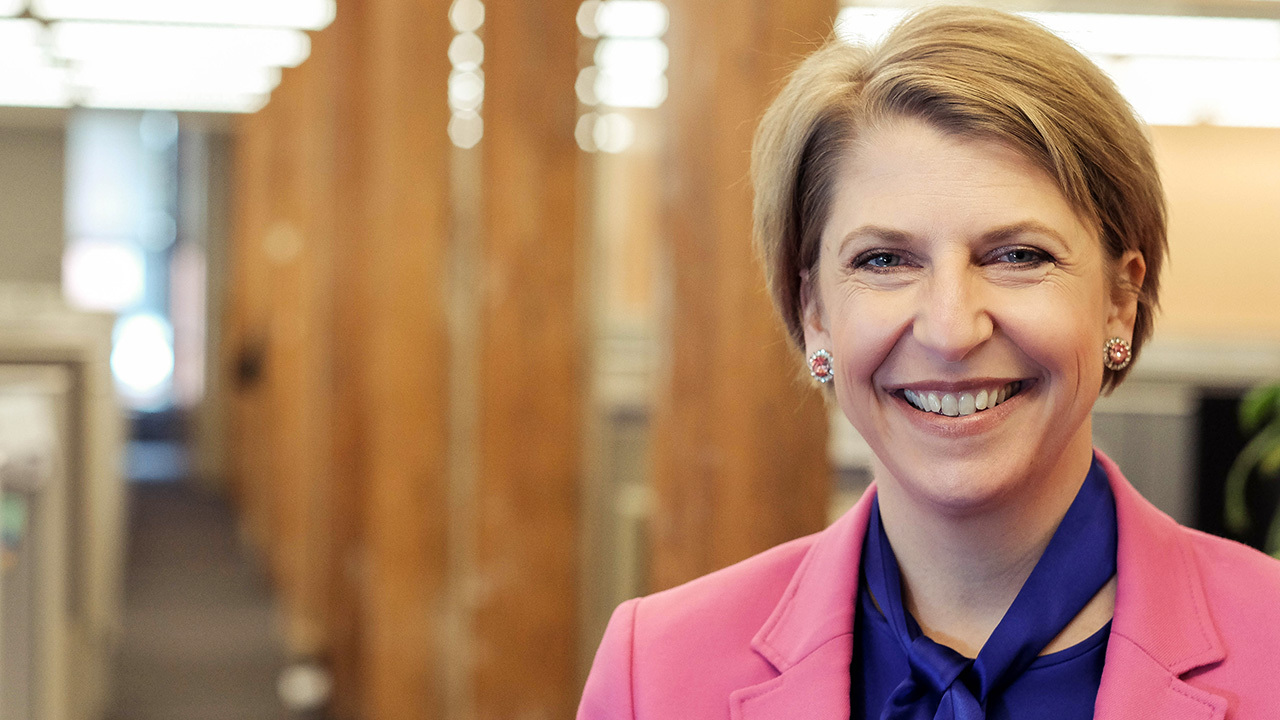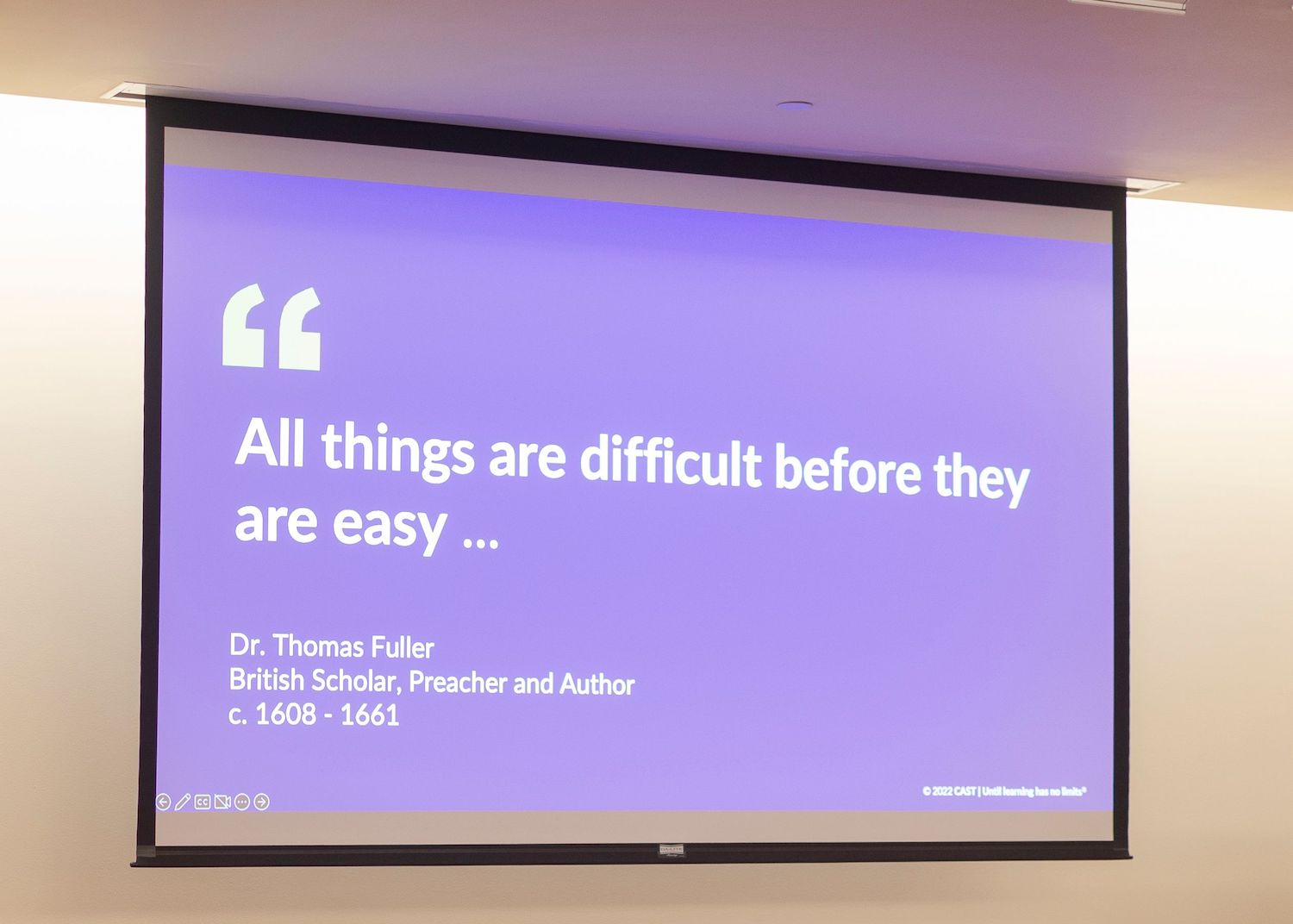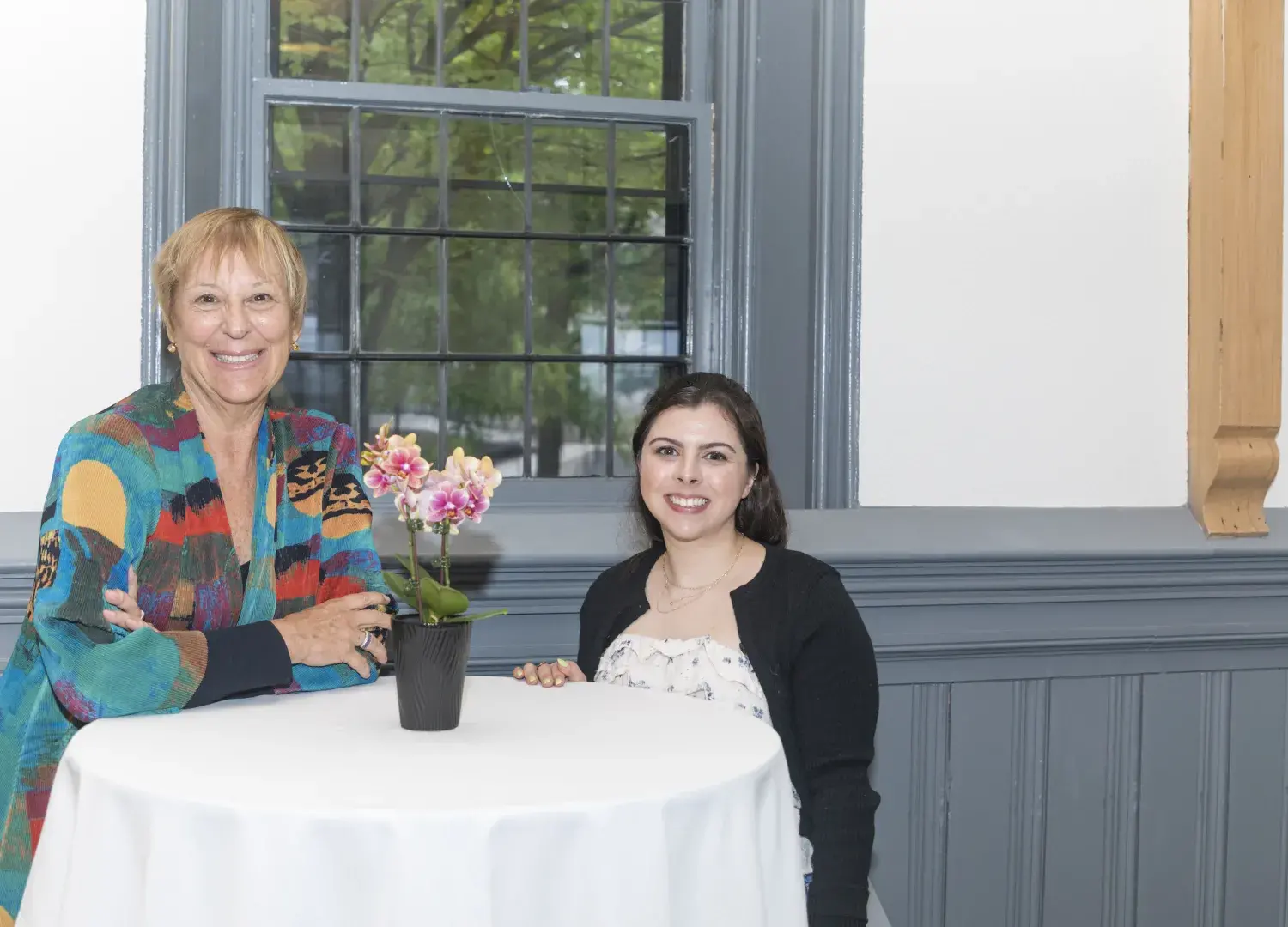Education, particularly special education, was the last thing on Lindsay Jones’s mind when she enrolled in law school at the University of Arizona.
An only child in a family of educators and special education teachers, she was determined to set out on a different path.

“I will never work in education,” she told herself in her youth and young adulthood. “I was done with education.”
Nevertheless, special education found her in an office building elevator. At the time, Jones was a junior attorney at a Phoenix law firm that represented a number of school districts. One day in the elevator, she heard a senior colleague bemoaning an upcoming meeting about a child who allegedly had a discipline problem.
Jones blurted out, “You better make sure there’s a manifestation determination,” a meeting to determine whether a child’s misbehavior is the result of a disability and/or a school’s failure to implement an IEP.
An IEP, or Individualized Education Program, is a school program tailored to children with learning challenges or disabilities and is designed to provide the supports and services the students need to thrive.
Jones’s familiarity with special education was clearly going to be an asset to the law firm. Her expertise was germinated years before that elevator ride.
As a kid in the 1980s, she’d visited her mother’s special education class often. The room was filled with lively and engaged students under IEPs, but it was in the dark, distant bowels of a school building, away from the mainstream instructional day and all her friends.
“There was a strange thing going on,” Jones recalled during the Nov. 3 Thought Leadership Series. “It felt separate, isolated and alone.”
Normal vs. abnormal
The memories of her visits to the special education classroom, segregated from the rest of the school, served as a reminder of a system of inequity, a system she was, and remains, determined to change.
One of the first changes is to recast the notion of what constitutes “normal” and “abnormal” learners.
"Variability is the norm,” Jones said in an intimate, conversational gathering in the University Hall Amphitheater. “We aren’t designing for it as well as we could.”

Jones indicated that systems are the problem, not people. Yet bad systems are often perpetuated by good people laboring under long held but wrong beliefs. One such belief was that children with Down syndrome can never be taught to read. As a result, tradition held that those children should be protected from mainstream classes since their reading deficits would lead to frustration and failure.
That didn’t sit well with Jones, whose fire for educational justice was kindled. She soon found work as a national education policy lobbyist, fighting for structural change through federal legislation. She is still in that fight, now as chief executive officer for the the advocacy organization CAST (formerly the Center for Applied Special Technology), based in Wakefield, Massachusetts.
“It is the absolute way to scale a change,” she said. “If you want change in society, you need federal legislation, But really think it through,” she quipped, alluding to the potential for unintended consequences.
One example is the 2001 No Child Left Behind Act, which resulted in a proliferation of standardized testing that many educators find unproductive. However, Jones pointed out, by including special-needs children in the testing, they were at last being taught the general curriculum, adding value to their time in school.
The latest federal special education reform — the bipartisan RISE Act, which stands for Respond, Innovate, Succeed and Empower — makes it easier for college students with disabilities to gain access to services. That legislation, championed by Jones today and during her years as chief executive officer of the National Center for Learning Disabilities, passed the U.S. House of Representatives in September. It still needs to pass in the Senate and be signed by President Joe Biden to become law.
‘Advocacy matters’
Life-changing legislation and policy begins with people — particularly students and their parents — speaking up, Jones said.
“Voices make a difference,” she said, describing how all 50 states have successfully increased dyslexia services. “Advocacy matters. It does work, especially at the state level.”

And advocacy ends up working for everyone, not simply people with physical or mental disabilities or learning differences. Jones pointed to the everyday technology — from the iPhone digital assistant Siri, to voice-to-text, to closed captioning — designed for people with disabilities, but used by a wider-than-intended audience. Tik-Tok and Instagram captions, for instance, are indicative of the surprising fact that the greatest consumers of captioning technology are Gen Z, not the elderly.
Or look at curb cuts, designed for wheelchairs, but used by delivery people, bicyclists and skateboarders to make access easier.
Everyone benefits, Jones said, “when we design for the so-called margins.”
“The person is not the problem; the environment is the problem,” Jones said. “The environment is putting up barriers.”


